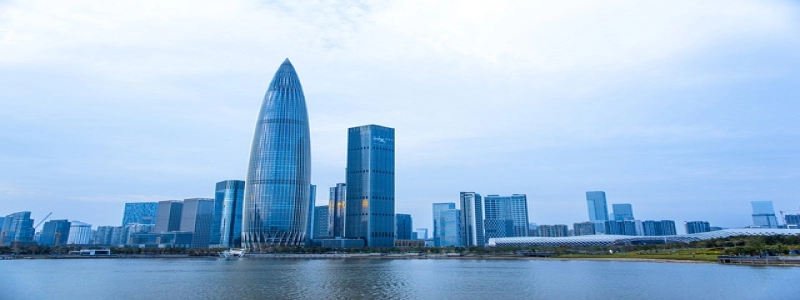Cat 6 Versus Cat 7 Ethernet Cable
Introduction:
Ethernet cables are widely used in networking to connect devices such as computers, printers, and routers. They come in various categories, each with different features and capabilities. Two of the most common categories are Cat 6 and Cat 7 Ethernet cables. In this article, we will explore the differences and similarities between these two types of cables.
I. What is Cat 6 Ethernet Cable?
– Cat 6 Ethernet cable is an improvement over its predecessor, Cat 5.
– It supports bandwidths of up to 250 MHz.
– Cat 6 cables are backward compatible with Cat 5 and Cat 5e cables.
– It can transmit data at speeds of up to 10 Gbps over distances of up to 55 meters.
– Cat 6 cables are suitable for small to medium-sized networks.
II. What is Cat 7 Ethernet Cable?
– Cat 7 Ethernet cable is the next generation of Ethernet cables.
– It supports higher bandwidths of up to 600 MHz, offering faster transmission speeds.
– Cat 7 cables have shielding to minimize interference and crosstalk.
– They are backward compatible with Cat 6, Cat 5, and Cat 5e cables.
– Cat 7 cables are capable of transmitting data at speeds of up to 10 Gbps over distances of up to 100 meters.
– They are ideal for large-scale networks and applications that require high-speed internet.
III. Differences between Cat 6 and Cat 7 Ethernet Cable:
1. Bandwidth: Cat 7 cables have a higher bandwidth ceiling compared to Cat 6 cables. This means that they can handle more data traffic, resulting in faster and more reliable network connections.
2. Transmission Speed: While both Cat 6 and Cat 7 cables can transmit data at speeds of up to 10 Gbps, Cat 7 cables can consistently maintain this speed over longer distances.
3. Shielding: Cat 7 cables have better shielding capabilities than Cat 6 cables, reducing interference and improving overall signal quality.
4. Distance: Cat 6 cables can transmit data up to a maximum distance of 55 meters, whereas Cat 7 cables can reach up to 100 meters.
IV. Similarities between Cat 6 and Cat 7 Ethernet Cable:
1. Backward Compatibility: Both Cat 6 and Cat 7 cables are compatible with Cat 5 and Cat 5e cables, allowing for easy integration into existing networks.
2. Cost: Cat 7 cables are generally more expensive than Cat 6 cables, but the price difference may vary depending on the manufacturer and length of the cable.
3. Connectors: Both Cat 6 and Cat 7 cables use the same connectors, such as RJ-45.
Conclusion:
Choosing between Cat 6 and Cat 7 Ethernet cables depends on the specific requirements of your network. If you have a small to medium-sized network, Cat 6 cables should suffice. However, for larger-scale networks or applications demanding high-speed internet, Cat 7 cables prove to be a better option. Consider factors like bandwidth, transmission speed, shielding, and distance to make an informed decision. Regardless of your choice, both Cat 6 and Cat 7 cables provide reliable and efficient networking solutions.








